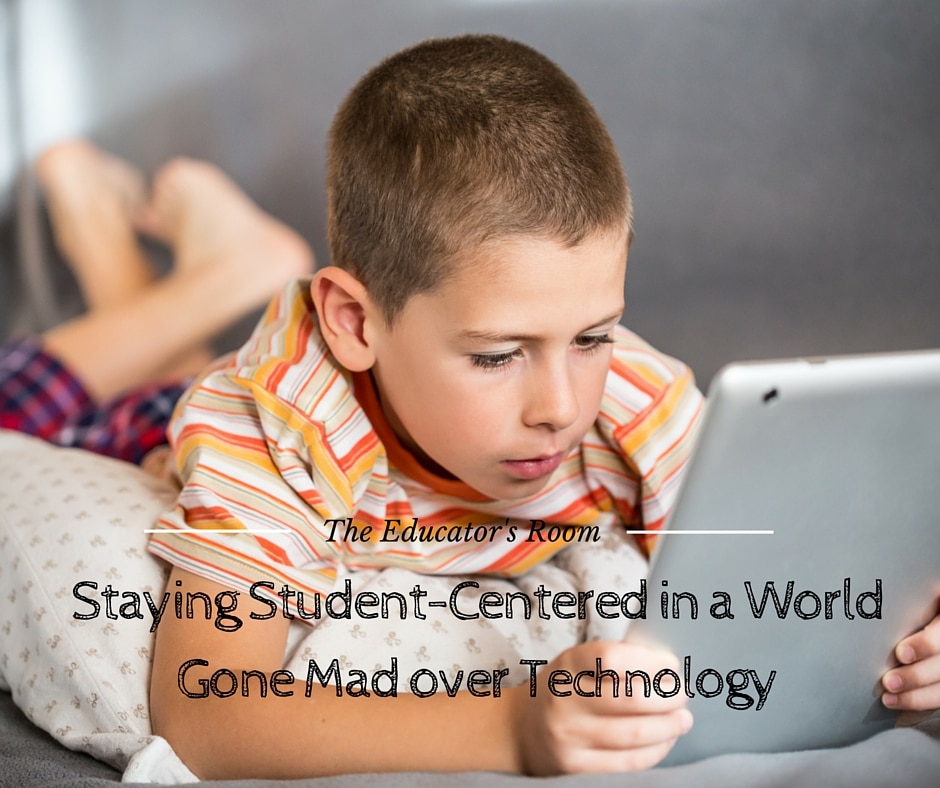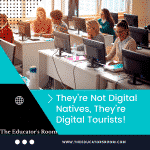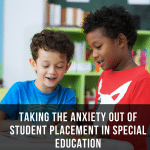Guest Writer:By: Eliana Lipsky
I am a teacher coach, professional developer, and school consultant for a few Jewish day schools in the Chicago area. I’m also a former classroom teacher who left to get my doctorate in education. I recently attended a one-day conference here with over three hundred fellow educators representing over five Chicagoland Jewish day schools. As far as I know, it was the first time these schools were coming together to learn and share. The conference was supposed to focus on Carol Dweck’s concept of “Growth Mindset”. The excitement in the room was palpable as we found our seats. Some of us were long time friends who were catching up; others were thrilled just by the chance to network and learn. We were all looking forward to learning more about Growth Mindset and what that meant for our teaching and our students’ learning. Unfortunately, many of us left feeling disappointed.
As a professional developer, I am always learning dos and don’ts from others’ presentations. After reflecting on this particular conference, I concluded that while the presenters were quite captivating individually, their message was highly problematic. While they kept referring to Growth Mindset, the presenters commandeered the conference as a means to push using technology in the classroom. It began with the keynote address. We were instructed to get onto the web with our devices and begin using their twitter feed. They wanted to show us how powerful it was to connect in real time with one another.
I admit it, I’m 33 years old and I barely participate in social media. I’ve just started posting to Facebook and I have no idea what I’m doing (like sharing my own post with the people I’ve already shared it with when I’m trying to reply to someone’s comment!) However, just because I’m not on social media 24/7 doesn’t mean that I don’t appreciate the its power. I just happen to prefer talking to the person next to me more than the person I can’t see whose message I received along with three hundred others from the people in the room.
I appreciated that they showed us how to use twitter as a positive tool for the classroom by explaining how to use it and giving us a minute to try it. However, the presenters continued to push us to use their message board by making it part of all of their sessions’ activities. In their efforts to “globalize” our discussions from each session, I felt I became disconnected with the people physically sitting next to me. Instead of connecting with them I was looking at my phone to read people’s tweets and enter mine.
One presenter kept commanding us “open your minds” and “don’t be afraid” to use technology. She included numerous links to different kinds of resources that could be used as part of a lesson plan or assessment. Those links were posted to the twitter feed so that we all have access to them. That’s great! But I wanted to know about growth mindset. Had I wanted to know more about technology in my classroom I would have signed up for a conference about technology in my classroom.
This presenter spent so much time pushing technology that she ended up blowing through what I thought was the most important and compelling part of her presentation. She had documented students showcasing their learning and making their thinking visible through the use of technology. These short clips were amazing! And the use of technology was marketed well. But I only got to see a few seconds from each clip, leaving me frustrated and confused.
Here was a real opportunity to have educators think about how they might create classroom communities or professional communities that foster a growth mindset. I was frustrated that I was being told not to be afraid of technology and that using it was the only way “to prepare for 22nd century” – that’s right 22nd century – “information literate” students. I understand that some educators are scared of technology and need help getting past their fears to use it in their classrooms. And yes, we want our students to be information literate. However, the presenters lost sight of what makes learning meaningful by over-emphasizing the role technology can play in our students’ learning.
Using technology does not necessarily mean a teacher’s lesson plan is good. We need to be so careful and thoughtful when we select each and every one of our learning activities. We need to remember that our students’ needs – academic, social-emotional, and physical – drive the learning that happens in our classrooms. And yes, we need to learn how to integrate technology into those activities to help build our students’ information literacy, globalize the learning that’s happening, and broaden our instructional toolboxes to meet more of our students’ learning needs. But we must also remember that technology is but one of the tools we have to facilitate great learning. It is only as powerful as the time and thought we put into using it wisely.





